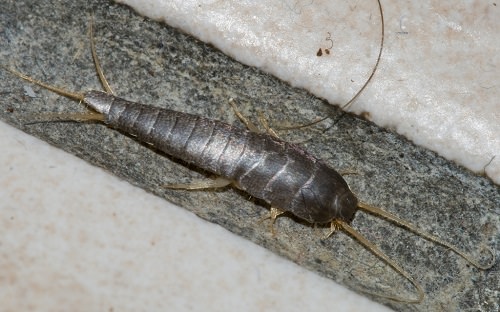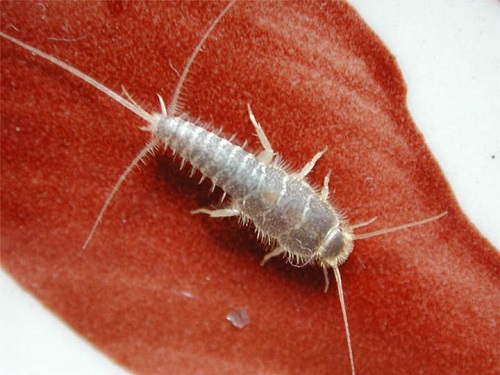Silverfish pose no threat to humans but create problems in your home. Let’s find out whether do silverfish eat clothes or not!
What Are Silverfish?
Contrary to what their name suggests, silverfish are not a type of fish that shine against the deep blue sea. Silverfish are a type of insect that can quickly enter your home. Silverfish have a carrot-shaped body with a size ranging from about half an inch to an inch. Although their bodies are silver or brown, it is the slippery grey scales covering their body that give them a shiny look, and hence the name.
Silverfish thrive in dark, humid places like door frames, cupboards, basements, bookcases, and washbasin. Even though they can survive without food for long periods, silverfish need humidity and moisture to exist. Their average lifespan can range up to eight years, and like all other pests, they reproduce very quickly.
Do Silverfish Eat Clothes?
The primary food of silverfish is starch. They also feast on book bindings, paper, sugar, glue, and even textiles. The most common types of fabrics that silverfish eat are:
- Linen
- Silk
- Rayon
- Cotton
- Leather
Since their size is quite small, silverfish are only able to leave your clothes with a shaved appearance, irregular holes, and sometimes yellow stains. When you find any of these signs in your clothes, you should take steps to check for a silverfish infestation. Apart from destroying your clothing, silverfish can:
- Contaminate any food laying uncovered or unattended
- Leave little holes in photographs
- Damage your books, papers, and documents
- Ruin drapes and beddings
- Eat the glue off your wallpapers.
How To Prevent Silverfish?
There are a few tips you can keep in mind to ensure that your home remains free from silverfish.
- Always keep your food covered, sealed in containers, and moisture-free.
- Declutter your home from the piles of old magazines, newspapers, and even cardboard boxes.
- Remove all the moisture and humidity from your closets and wardrobes.
- You can also wrap your old or less worn apparel in plastic bags to store them.
- Use a dehumidifier if you live in an area with a humid climate.
- Keep your home and garden free of dead leaves, plants, and wood.
- Rooms that can get warm like kitchens and bathrooms should have proper ventilation.


